10 Critical Facts Everyone Should Know About Heatstroke
As global temperatures rise and heatwaves become more frequent, understanding heat-related illnesses is becoming increasingly crucial. Heatstroke, a severe form of heat-related illness, occurs when the body overheats and can't cool down effectively. This condition can lead to serious complications, including organ damage and even death, if not promptly recognized and treated. It's essential for everyone, especially those living in hotter climates, to be aware of the signs and symptoms of heatstroke. This article will guide you through 10 crucial steps to recognize these signs, ensuring you can act swiftly and effectively to prevent severe consequences. By understanding the progression from mild heat exhaustion to full-blown heatstroke, you'll be better equipped to protect yourself and others during extreme heat events. Let's delve into the critical signs that can help identify heatstroke before it becomes life-threatening.
1. Understanding the Body's Cooling Mechanisms

Before recognizing heatstroke, it's vital to understand how the body naturally regulates temperature. The human body maintains a stable internal temperature through a process called thermoregulation. When external temperatures rise, the body responds by sweating, which cools the skin as it evaporates. Blood vessels also dilate to increase blood flow to the skin, facilitating heat loss. However, these mechanisms can become overwhelmed during intense heat or physical exertion, leading to heat-related illnesses. Factors such as dehydration, high humidity, and lack of acclimatization can impair these cooling processes, making heatstroke more likely. Recognizing when these mechanisms are failing is the first step in identifying heatstroke.
2. Recognizing Early Signs of Heat Exhaustion

Heat exhaustion is the precursor to heatstroke and serves as an early warning sign that the body's cooling mechanisms are struggling. Symptoms of heat exhaustion include heavy sweating, weakness, dizziness, headache, nausea, and muscle cramps. These symptoms occur as the body tries to maintain its temperature, but struggles to do so effectively. Recognizing these early signs allows for intervention before the condition escalates. Resting in a cool place, hydrating, and loosening clothing can often reverse heat exhaustion. However, if these measures don't alleviate symptoms, it's crucial to seek medical attention promptly, as heat exhaustion can quickly progress to heatstroke.
3. Identifying Core Symptoms of Heatstroke
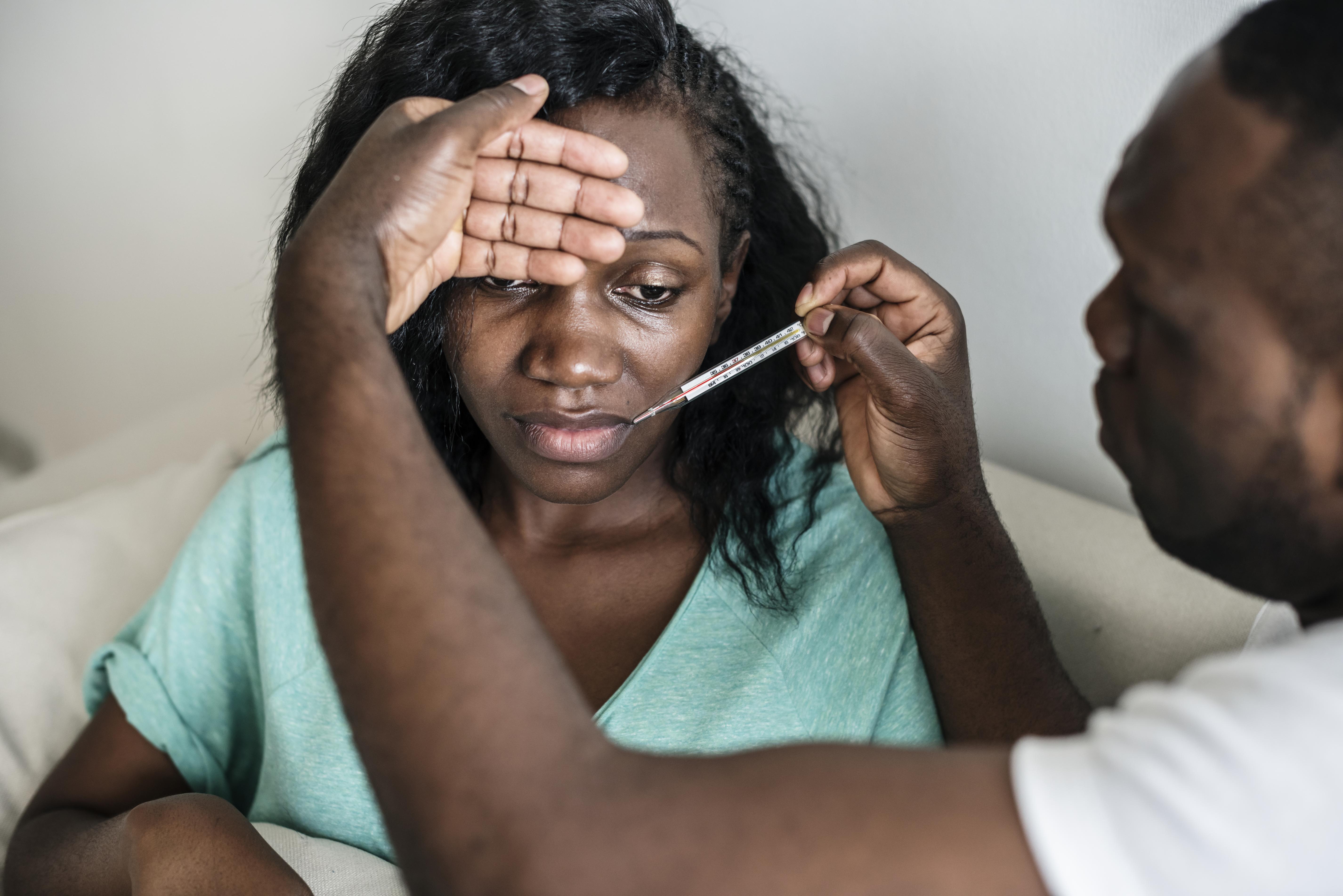
Heatstroke occurs when the body's core temperature rises above 104°F (40°C), leading to potentially life-threatening complications. Unlike heat exhaustion, heatstroke is characterized by a lack of sweating, despite the heat, due to the body's failure to regulate temperature. Other core symptoms include confusion, altered mental state, slurred speech, and loss of consciousness. The skin may feel hot and dry, or moist if heatstroke is caused by physical exertion. Recognizing these symptoms is critical, as heatstroke requires immediate medical intervention. Without prompt treatment, the condition can lead to severe damage to the brain, heart, kidneys, and muscles.
4. Behavioral Changes as Indicators of Heatstroke

Behavioral changes are often among the first noticeable signs of heatstroke. Individuals may exhibit confusion, agitation, or irritability, which can escalate to delirium or seizures. These changes occur as the brain becomes affected by the elevated body temperature. It's important to recognize that these symptoms can be subtle at first, making them easy to overlook. If someone begins behaving unusually during a heatwave or after prolonged exposure to high temperatures, it's crucial to assess their condition for other heatstroke symptoms. Early recognition of these behavioral changes can significantly improve the outcome by prompting timely medical intervention.
5. The Role of Hydration in Preventing Heatstroke
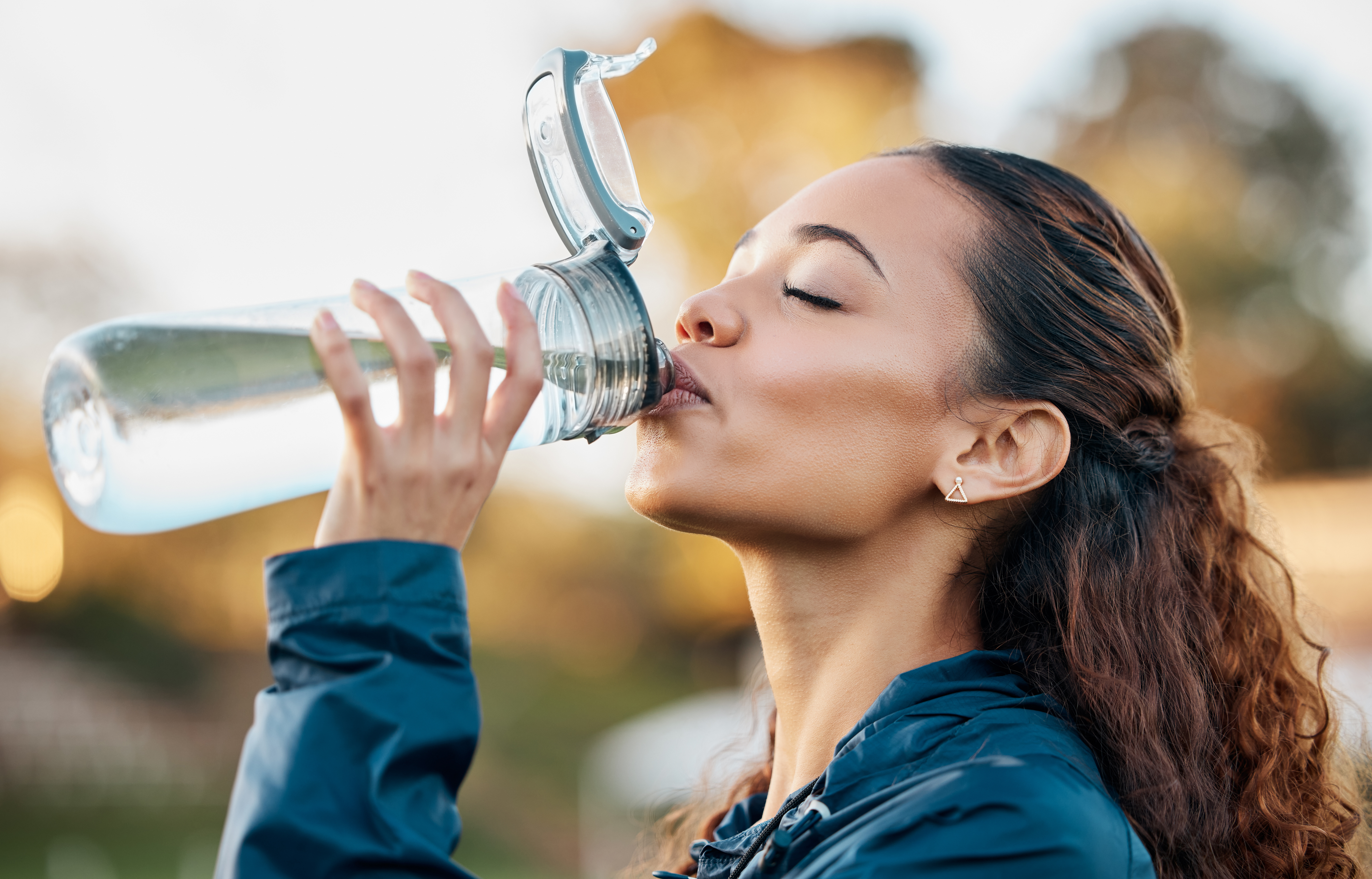
Hydration plays a critical role in preventing heatstroke. Adequate fluid intake helps maintain the body's ability to sweat and regulate temperature. Dehydration, on the other hand, impairs these processes, increasing the risk of heat-related illnesses. During hot weather or physical activity, it's essential to drink plenty of water, even if you don't feel thirsty. Sports drinks can also be beneficial, as they replenish electrolytes lost through sweating. It's important to avoid alcohol and caffeine, as they can contribute to dehydration. Recognizing the signs of dehydration, such as dark urine and dry mouth, can help prevent the progression to heatstroke.
6. Environmental and Personal Risk Factors
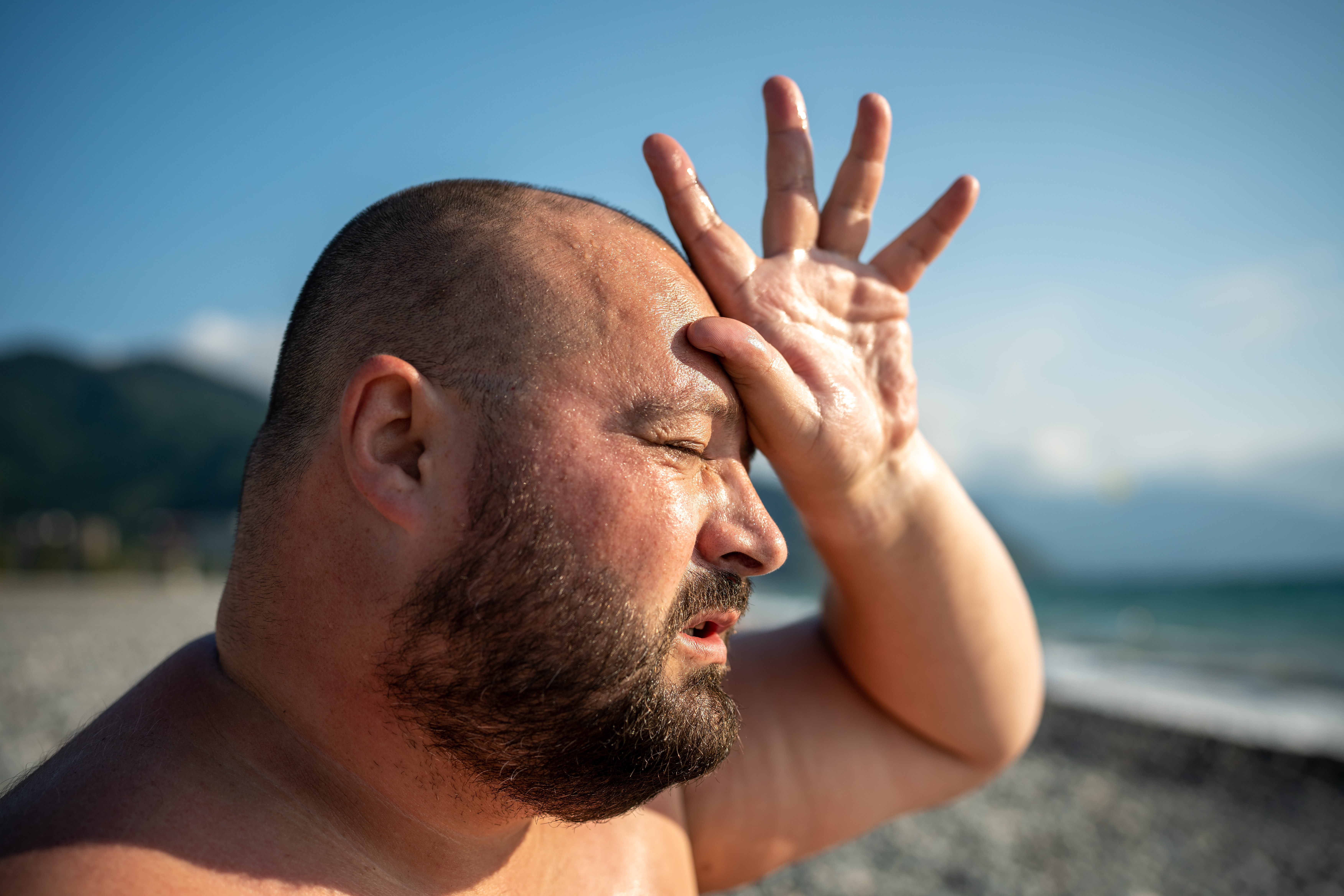
Certain environmental and personal factors can increase the risk of heatstroke. High humidity levels, for example, reduce the effectiveness of sweating, making it harder for the body to cool down. Personal factors such as age, obesity, and certain medications can also impair thermoregulation. Older adults and young children are particularly vulnerable, as their bodies are less efficient at regulating temperature. Recognizing these risk factors allows for preventive measures to be taken, such as avoiding strenuous activity during peak heat, wearing lightweight clothing, and ensuring access to air conditioning or shaded areas. Awareness of these factors is key to preventing heatstroke.
7. Preventive Measures and Early Interventions
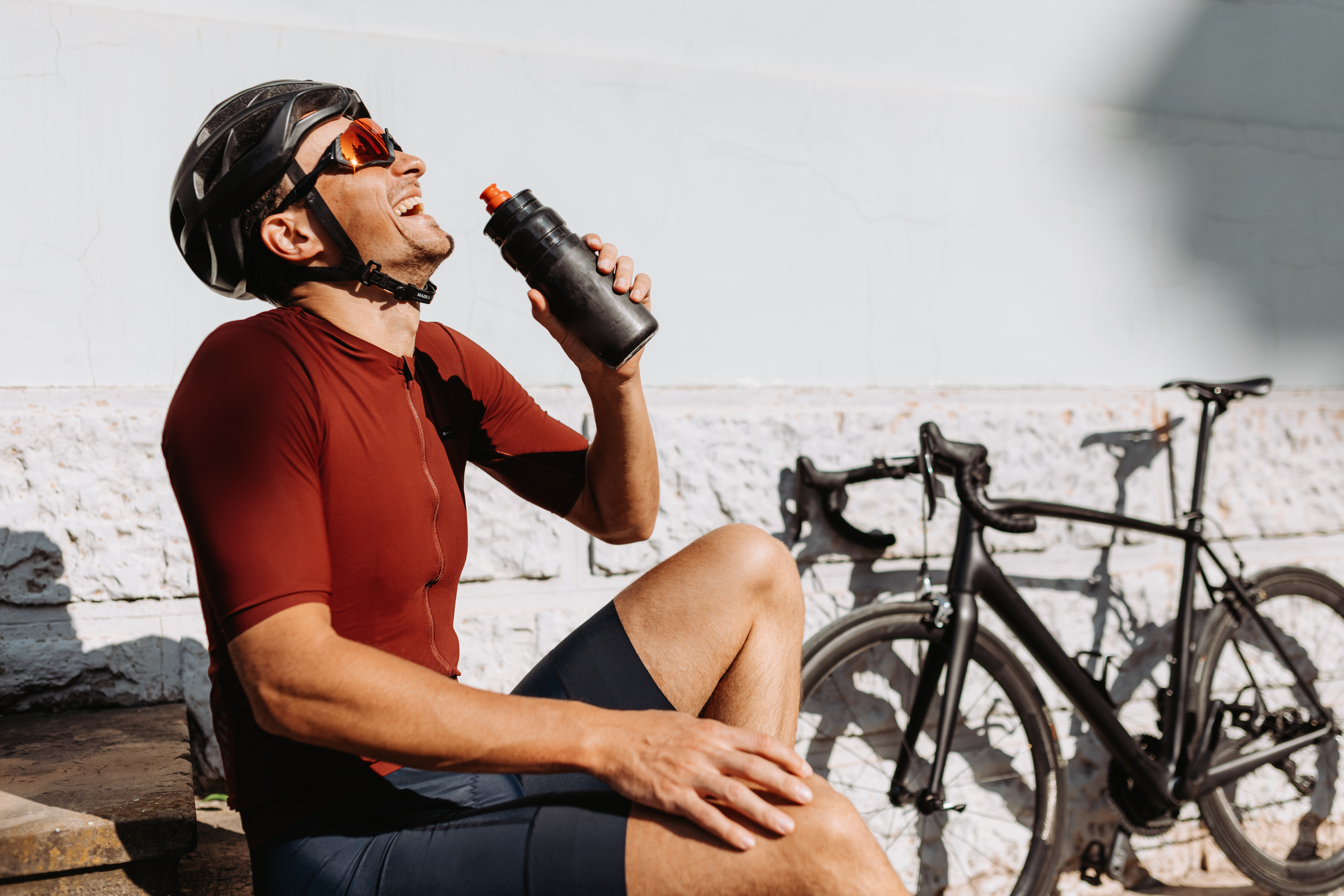
Preventive measures are crucial in avoiding heatstroke, especially during heatwaves or outdoor activities. Wearing loose, light-colored clothing, using sunscreen, and wearing hats can help reduce heat absorption. Scheduling outdoor activities during cooler parts of the day and taking regular breaks in shaded or air-conditioned areas can also prevent overheating. For those engaging in physical exertion, pacing oneself and staying hydrated is vital. Early interventions, such as moving to a cooler environment and applying cool, wet cloths to the skin, can mitigate the effects of heat exhaustion and prevent progression to heatstroke. Being proactive is key to preventing heat-related illnesses.
8. Emergency Response to Heatstroke

Heatstroke is a medical emergency that requires immediate attention. If you suspect someone is experiencing heatstroke, call emergency services immediately. While waiting for help, move the person to a cooler place and remove excess clothing. Apply cool, wet cloths to the skin, or immerse the person in a cool bath if possible. Fan air over the person while wetting the skin to promote evaporation. Offer sips of water if the person is conscious and able to drink. These measures can help lower the body temperature while waiting for professional medical assistance. Quick response is crucial to prevent long-term damage or death.
9. Long-term Implications of Heatstroke
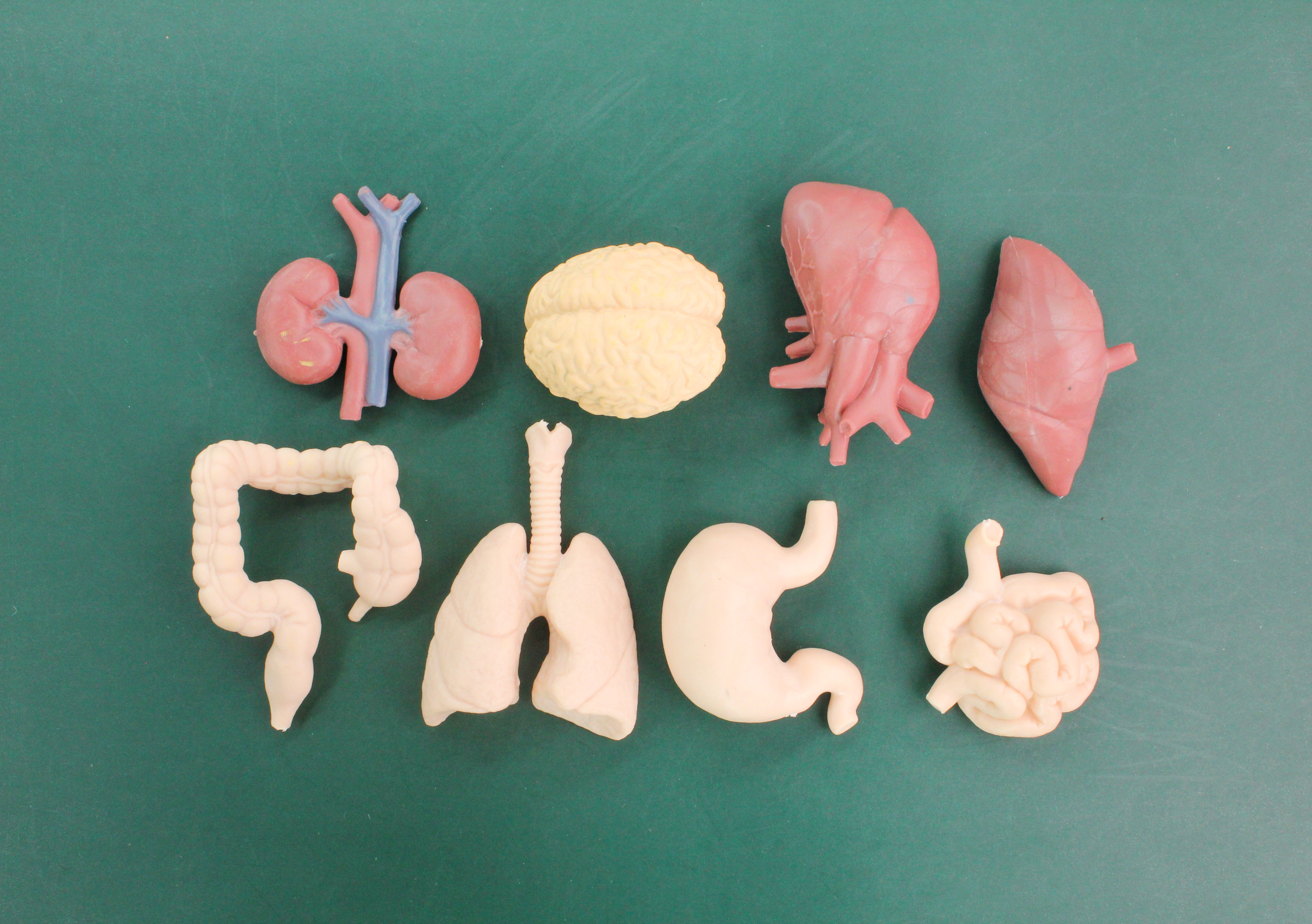
Surviving heatstroke doesn't always mean a full recovery. The condition can have long-term health implications, particularly if not treated promptly. Potential complications include damage to vital organs such as the brain, heart, and kidneys. Some individuals may experience ongoing issues with thermoregulation, making them more susceptible to future heat-related illnesses. Neurological damage can also result in cognitive impairments or persistent behavioral changes. Understanding these potential long-term effects underscores the importance of preventing heatstroke and seeking immediate medical care when symptoms are recognized. Awareness and prompt action can significantly reduce the risk of lasting health problems.
10. The Importance of Acclimatization

Acclimatization is the body's ability to gradually adjust to higher temperatures, reducing the risk of heatstroke. When people suddenly transition from a cool environment to extreme heat, their bodies struggle to regulate temperature efficiently. This is why athletes, outdoor workers, and travelers moving to hotter climates should allow time for adaptation. Gradual exposure to heat over several days improves sweat efficiency, cardiovascular function, and overall heat tolerance. Wearing lightweight, breathable clothing, staying hydrated, and taking breaks in the shade can further support this process. Recognizing that the body needs time to adapt to extreme heat can prevent heatstroke and other heat-related illnesses, making acclimatization a crucial yet often overlooked factor in heat safety.
Staying Cool, Staying Safe

Recognizing the telltale signs of heatstroke is essential in safeguarding health during extreme heat events. By understanding the body's cooling mechanisms, identifying early symptoms, and knowing how to respond effectively, individuals can prevent this potentially life-threatening condition. As climate change continues to increase the frequency and intensity of heatwaves, awareness and education about heatstroke become even more crucial. This article has outlined ten crucial steps to recognize and respond to heatstroke, empowering you to act swiftly and decisively. Spread this knowledge within your community to help ensure everyone can enjoy the summer months safely and healthily.
